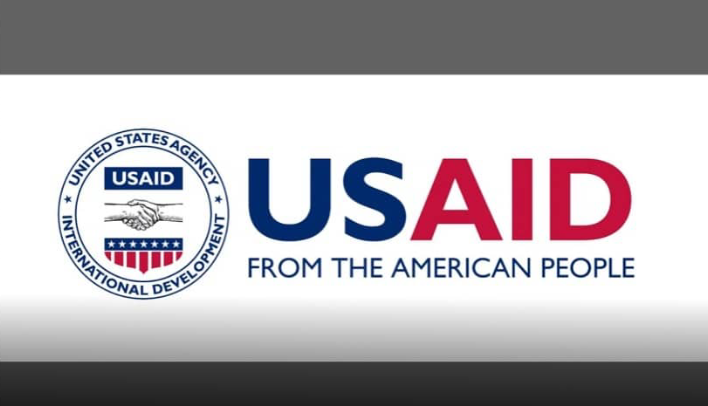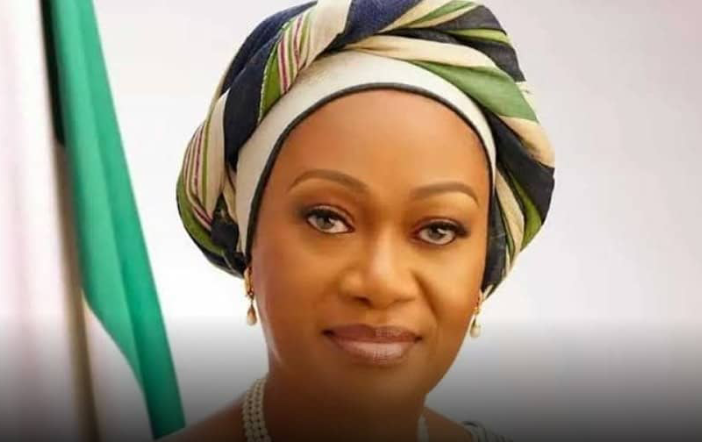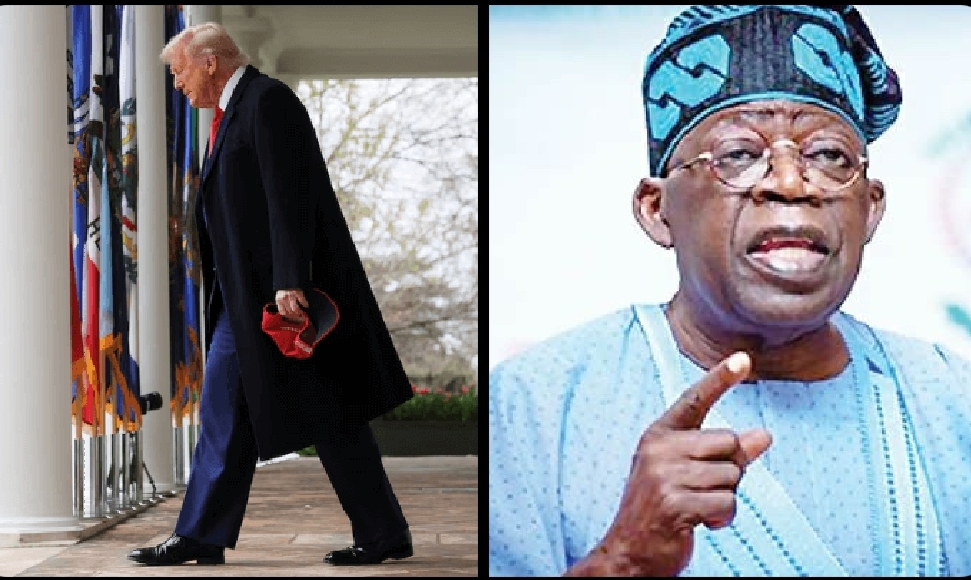
End of an Era: Trump Administration Shuts Down USAID After 63 Years of Global Humanitarian Legacy

In a move that has sent shockwaves across the international development community, the Trump administration has formally shut down the U.S. Agency for International Development (USAID), bringing a dramatic end to one of America’s most enduring and influential global institutions. After 63 years of spearheading humanitarian missions, stabilizing fragile nations, and lifting millions out of poverty, the agency is now history—its offices shuttered, its programs dismantled, and its legacy abruptly sealed under the banner of governmental streamlining.
The closure comes amid President Donald Trump’s renewed push for federal downsizing and austerity under the advisement of the newly established Department of Government Efficiency, spearheaded by none other than Elon Musk. The billionaire-turned-government-reformer has become a key figure in reshaping Washington’s bureaucracy, and USAID appears to be its most significant casualty to date. Framing the move as a necessary cutback on what officials call “bureaucratic excess,” the Trump administration has unapologetically pulled the plug on a globally respected agency that has served as the face of America’s soft power since 1961.
Created by President John F. Kennedy under the Foreign Assistance Act, USAID was never just an aid organization—it was a symbol of America’s global conscience. For decades, it deployed thousands of staff to some of the world’s most volatile and impoverished regions, delivering critical support in the form of food aid, healthcare, disaster relief, and infrastructure development. From the frontlines of war-torn nations to remote villages lacking clean water or education, USAID was there—often first on the ground and last to leave.
Its portfolio boasted a legacy that shaped world history. USAID played a pivotal role in the Green Revolution of the 1960s and ’70s, which helped transform global agriculture and is credited with saving more than a billion lives from famine. It helped eradicate smallpox and combat the spread of HIV/AIDS. In recent decades, its partnerships with organizations like the World Health Organization and UNICEF contributed to a staggering 69% drop in global child mortality since 1990. Yet, despite this track record, the agency found itself increasingly sidelined under Trump’s America First doctrine.
Over the past few years, funding for USAID steadily dried up. Signature programs like Feed the Future, the President’s Malaria Initiative, and Democracy and Governance grants were slashed. Field offices closed. Staff were let go. Humanitarian projects from Latin America to sub-Saharan Africa were left half-finished or abandoned. Critics say the writing was on the wall long before this week’s formal closure.
The announcement, which came late Tuesday in a terse press briefing, sparked immediate outcry from global leaders, NGOs, and former U.S. diplomats. Former Secretary of State Madeleine Albright called it “a dark day for America’s global leadership,” while Bill Gates tweeted that it was “a tragic mistake that will cost lives and damage U.S. credibility for years to come.” Inside the U.S., humanitarian organizations expressed both outrage and heartbreak, citing not just the death of an agency, but the millions who may now go without food, vaccines, or clean water.
Yet, the administration remains firm. White House Chief of Staff Stephen Miller described the closure as “a long overdue correction” to what he called “decades of misallocated taxpayer dollars.” He argued that USAID had become bloated, inefficient, and too entwined in foreign entanglements that no longer align with American priorities. Elon Musk, who has become increasingly vocal in his new federal role, said in a social media post that “the age of endless aid is over,” adding that “sustainable, self-sufficient development comes from innovation, not handouts.”
According to insiders, USAID’s remaining responsibilities will be absorbed into a yet-to-be-named office within the State Department, though what form this new entity will take—and how it will function without the independent mandate USAID once had—remains unclear. Many fear the reorganization will amount to little more than a bureaucratic shell.
For thousands of USAID employees, the closure marks the end of a mission that was deeply personal. Many spent decades working in dangerous and demanding conditions, from conflict zones in Syria to Ebola-stricken areas in West Africa. Their careers were driven not by profit or politics, but by purpose. Now, as boxes are packed and flags lowered, that sense of purpose has been abruptly stripped away.
The international ripple effects are likely to be profound. USAID was a major funder of countless NGOs, public health systems, education programs, and gender equality initiatives across more than 100 countries. Its withdrawal could leave power vacuums that opportunistic rivals like China and Russia may quickly seek to fill. Some analysts warn that by relinquishing its role as a humanitarian superpower, the U.S. risks ceding both moral authority and strategic influence on the global stage.
In Nairobi, a spokesperson for Kenya’s Ministry of Health said the shutdown would “undoubtedly stall progress” in rural vaccination efforts. In Afghanistan, where USAID once funded schools for girls and rural clinics, local leaders expressed fear of a return to darker days. Even in Central America, where USAID ran anti-poverty programs aimed at curbing migration to the U.S., community organizations now face an uncertain future.
Still, supporters of the move argue that America’s aid model has become outdated, too expensive, and prone to corruption. They say the time has come to rethink global development, favoring innovation, entrepreneurship, and trade partnerships over direct aid. But even they admit the transition will not be seamless.
As the sun sets on one of the most storied chapters in American diplomacy, questions abound. What happens to the millions who relied on USAID-funded health clinics, food programs, and disaster response units? Who will replace America’s footprint in the developing world? And perhaps most poignantly, what does this say about the new face of U.S. global engagement?
For now, only silence fills the offices once alive with mission briefings and maps of relief operations. The logo of USAID—with its signature handshake and the phrase “From the American People”—will be taken down from compounds across the globe. And in its place, a void that may take generations to fill.
The legacy of USAID may live on in the lives it saved and the nations it helped stabilize. But its abrupt demise, under the weight of political calculation and budgetary cuts, marks the end of an era—one that many believe the world can ill afford to lose.

